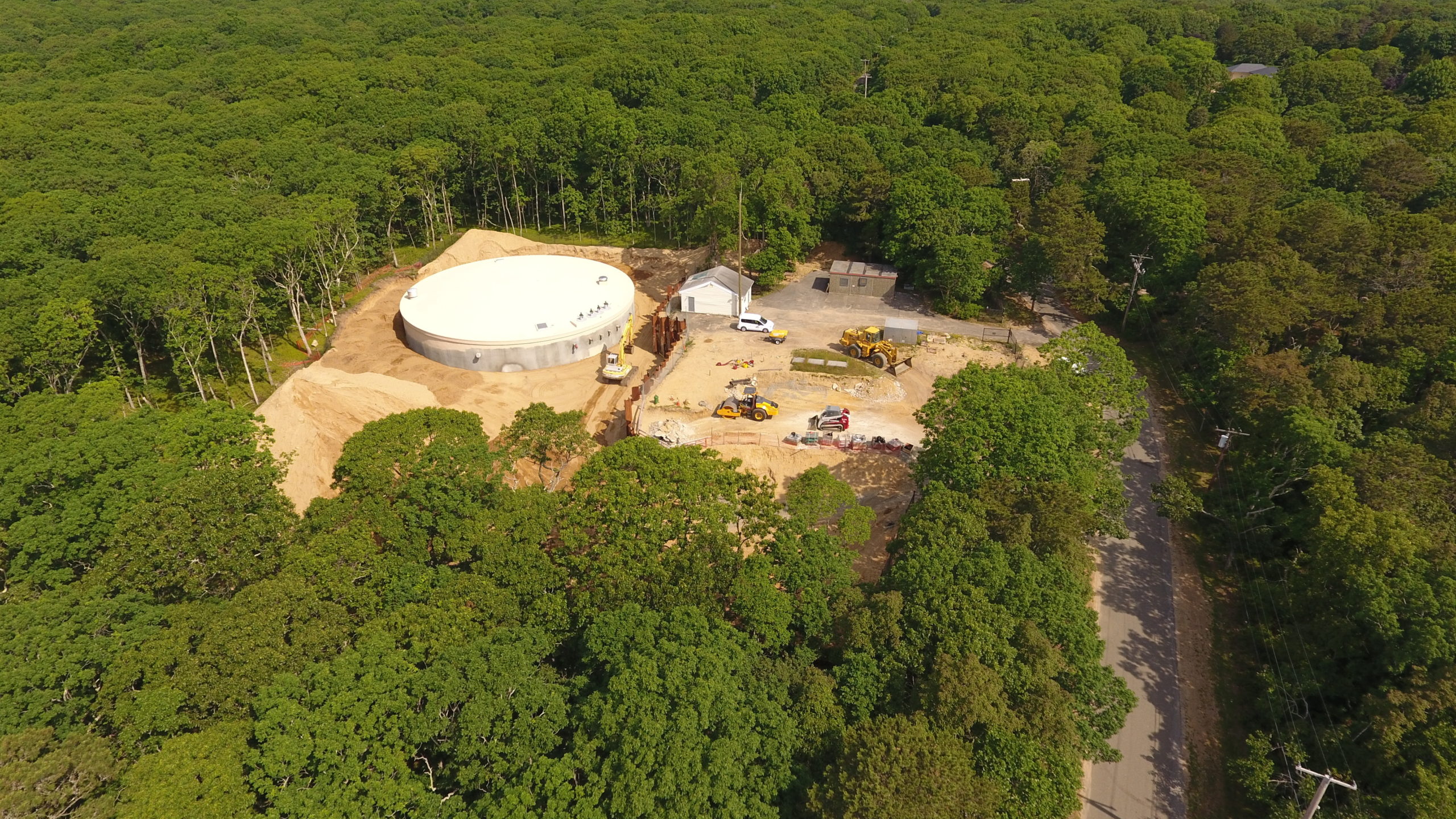
31The Suffolk County Water Authority announced last week that it expects to increase the water delivery rates for 2022 for all county customers by about 3.7 percent to help fund more than $70 million in capital improvements — much of that driven by the need to keep up with rising water demands on the South Fork.
For most SCWA customers, who use something close to the level of water of a typical single-family home, the rate increase would mean something on the order of about $20 a year more on the household’s annual water bill.
Customers soon will be able to choose a balanced billing option, the water authority announced, that will spread the bills out over the entire year, so that nobody is hit with very high bills in the summer, when sprinkler systems suck up more water — a response to complaints following last summer’s stretch of hot, dry weather.
As usual, the South Fork is contributing an outsized portion of the needed infrastructure improvements that cost all SCWA customers more money on their water bills.
A typical single-family home in Suffolk County uses about 130,000 gallons of water in a year, the water authority estimates. But about a quarter of SCWA’s customers, the bulk of them on the South Fork, use more than 300,000 gallons a year — and some of them many times that.
The largest users connected to the SCWA system, all of them estates between Southampton Village and Amagansett, regularly use more than 10 million gallons of water in a year, and some use more than 20 million gallons a year.
The driver behind the largest individual water users is typically geothermal heating and cooling systems in very large homes that rely on circulating water to regulate temperatures indoors.
But the main strain on supplies comes from sprinkler systems at thousands of properties, most of which kick on at the same time each day and spike demand. Maintaining water pressure during those few early morning hours of the day, during just a few months of the year, is what spurs the need for millions of dollars in upgrades the water authority must make each year.
“Typically, what is required to address peak demand in the summer is larger diameter mains to replace older mains that are no longer sufficient, and more water storage capacity,” said Tim Hopkins, the water authority’s chief legal officer. “Water storage tanks are $2 million or $3 million each.”
The SCWA completed construction last fall on a new 900,000 gallon, $3.4 million storage tank in the woods of northern Amagansett, necessary to maintain water pressure to homes and critical services like fire hydrants in the eastern reaches of the town.
It has proposed building a similar facility in Wainscott, where hundreds of additional homes were connected to county water mains in 2019 because of groundwater contamination by PFAS chemicals in firefighting foams used at East Hampton Airport.
To try to spread out costs a little more equitably, the water authority adopted a tiered rate structure in 2019 that charges users who suck up water at an outsized rate more per gallon. The upcharge will generate nearly $20 million this year, and more than $21 million under the proposed new rate structure.
In 2022, the “conservation rate,” as the SCWA calls it, will be adjusted slightly to shift more of the costs to the biggest users by raising the threshold at which smaller homes will reach the higher rate — from about 314,000 to about 360,000 gallons a year — and lowering the threshold for those properties that have the biggest demands.
Even with the increases, the SCWA still touts its consumption rates as low compared to other similar water authorities around the state. The average annual bill for SCWA customers is only about a third that of homeowners in Nassau County.